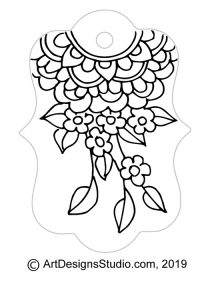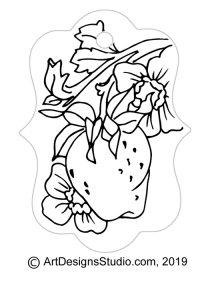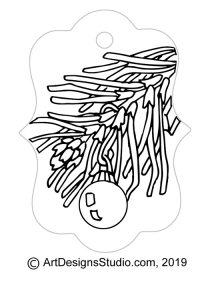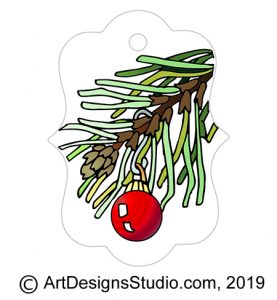Good morning Scot and Marsha! Thanks for the great conversation yesterday. Here are the PDFs that will help you learn how to determine how deep each level or layer is in your relief wood carving.
While today’s blog topic is about levels and layers in relief carving, the same information can help you as a pyrographer determine the shading levels and layers in your wood burning. So, please snatch a copy of the these free PDF files and take time to read through the linked projects here of LSIrish.com.

How deep do I cut each level or layer in my pattern in a relief wood carving?
The depth measurement you need for each level or layer in your relief carving depends on several factors.
1. What species of wood are you carving. Hardwoods as black walnut or maple can stand deeper carved levels than soft woods as poplar and basswood. The hardness of the wood – how tightly packed the wood grain rings are – helps to avoid excessive cupping and warping.
2. How thick is your wood blank. You can, of course, carve deeper into a 2″ thick wood blank than you can into a 3/4″ board.
3. How large is your carving blank. A small blank, 8″ x 12″, is less likely to develop excessive warping than a large blank, 20″ x 32″. The longer the grain lines in your blank the more likely they are to cup over time.

4. What style of carving will you be doing. A simple round-over edge relief carving can be worked fairly deep into the wood, past the one-half thickness rule of thumb. Since all of the wood grain in a round-over carving is adhered to the wood below it the chances of cupping is reduced. If you are working an intense under-cut relief carving, you will want to stay above the one-half thickness rule of thumb. Undercuts create free hanging shelves of wood that are easily effected by the changes in the wood grain of the entire blank.
General Layer Measurements Rule of Thumb!
In general you want to use the top one-half of the thickness of your wood for your carving area. This leaves one-half of the thickness below the carving to stabilize the board from excessive warping and cupping. So a board that measures a true 1″ thick can be carved to a 1/2″ depth.
In general your pattern will have three distinct layers – foreground, mid-ground, and background. Plus it will have one main focal point – a barn, a duck, a dragon.

1. Determine in which layer the main focal points falls as this will become your thickest layer.
2. Divide the carving thickness of the wood blank by 4. This equates to two thickness for the layer that holds your focal point, and one each thickness for the other two layers.
3. So on a 1″ thick board, you will be carving 1/2″ deep. Divide the 1/2″ by 4 equals 1/8″ per layer. That’s 1/8″ for the foreground, mid-ground, and background. Now add the extra 1/8″ to the level or layer that holds the focal point, making it a 1/4″ thick layer.
4. An example is a barn scene where there is a fence line and mail box in t he foreground, a bank barn with silos in the mid-ground, and a tree line and second fence in the background, worked on a 1″ thick board. The focal point of the pattern is the bank barn in the mid-ground level. This equals 1/8″ for the foreground mail box layer, 1/4″ for the bank barn mid-layer, and 1/8″ for the background tree line.
5. The fourth layer or level is called the sky area or sky line. This area of carving is usually extremely shallow, a simple 1/16″ rolled-over edge for mountains and trees, and can be carved on the top surface of the remaining 1/2″ thickness of the wood.
 Please learn more with these links!
Please learn more with these links!
Working with Levels – Simplifying a Pattern into Basic Areas
Simplifying a Pattern into Basic Areas in Relief Wood Carving
Determining The Depth Of The Levels
These links will add four more free Lora S Irish patterns to your Artist’s Morgue File!